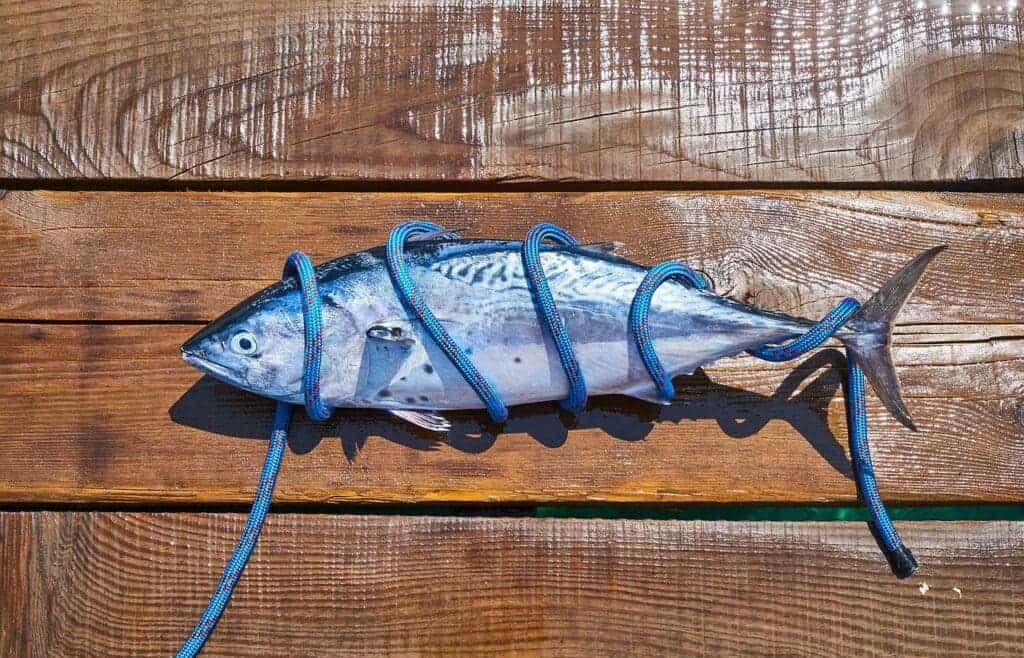Researchers have identified four high-traffic areas of the Pacific Ocean that should become the focus of conservation efforts regarding large oceanic fish such as tuna or swordfish.

A team of researchers at the University of British Columbia’s Sea Around Us initiative have pinpointed certain areas of the ocean that they say are especially important for the wellbeing of large pelagic (staying in the water column rather than on the seafloor) fish. These areas correspond to spots on the (calculated) migration routes of several such species of fish, including 11 types of tuna. Such likely migration routes were charted starting from the concept of philopatry, the tendency of fish to return to their birthplace to reproduce.
Fish highways
“We applied the concept of philopatry to the movements extracted from tagging studies of species such as the near-threatened Pacific bluefin tuna and the heavily-fished yellowfin tuna, and we also combined this information with the links between populations inferred from genetic studies. This allowed us to identify tentative annual migration cycles,” said Veronica Relano, a doctoral candidate with the Sea Around Us and lead author of the study that presents these findings.
Salmon might be the fish family most famous for philopatry, but they’re not the only ones to engage in such behavior — far from it. By studying the philopatry of different species of pelagic fish, together with maps showing catch distributions for each species, and data from tagging and genetic sequencing research, the team mapped out the likely migration routes of 11 species of tuna and other large pelagic fish throughout the Pacific.
Based on these routes, the team pinpointed areas that should be considered of ‘high’ and ‘very high’ priority for conservationists to focus on. Several species and populations of these large pelagic fish use the same migration routes, they explain or at least have large sections that overlap with those of other species.
Based on the findings, the team proposes the creation of ‘blue corridors’, routes where strict fishery management measures, or partial bans of industrial fishing, should be set into place. Such measures would allow for greater connectivity to be established between different habitats and populations of these fish species, giving them the space they need to maintain themselves and flourish.
Two of these fish migratory hotspots are in the northeastern and central sectors of the Pacific Ocean, and two are in its southwestern and central sectors.
“But before setting up any protected area to support the rebuilding of diminished fish populations, it is important to consider the entire body of knowledge available on the migrations and movements of different species. This is what we set out to do with this study,” said Dr. Daniel Pauly, co-author of the study and the Sea Around Us principal investigator.
“Our findings suggest in which areas such efforts would be more effective, but, as stated in our title, the closed migration cycles we propose are tentative, and thus it would be nice if other researchers set out to test their validity”.
The paper “Philopatry as a Tool to Define Tentative Closed Migration Cycles and Conservation Areas for Large Pelagic Fishes in the Pacific” has been published in the journal Sustainability.









